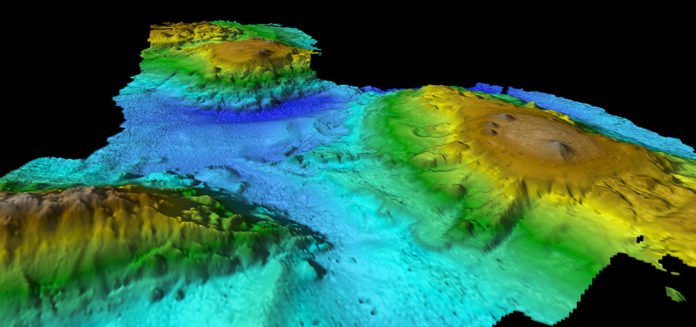Researchers with the Australian National University were mapping the sea floor from the Commonwealth Scientific and Industrial Research Organization (CSIRO) research vessel Investigator when they discovered a “diverse chain of volcanic seamounts (or underwater mountains formed by volcanic activity) located in deep water” about 250 miles east of Tasmania.
The research disclosed a diverse chain of volcanic seamounts located in deep water about 400km east of Tasmania. The tallest of the seamounts, which are underwaters mountains formed by volcanic activity, towers some 3000m above the seafloor. The peak of the volcano is 2000m below the surface of the water.
Dr. Tara Martin of the CSIRO mapping team said the mapping exposed an “unseen and spectacular underwater world. Our multibeam mapping has revealed in vibrant detail, for the first time, a chain of volcanic seamounts rising up from an abyssal plain about 5,000 meters (16,400 feet) deep.”
“The seamounts vary in size and shape, with some having sharp peaks while others have wide flat plateaus, dotted with small conical hills that would have been formed by ancient volcanic activity. Having detailed maps of such areas is important to help us better manage and protect these unique marine environments, and provides a stepping stone for future research. This is a very diverse landscape and will undoubtedly be a biological hotspot that supports a dazzling array of marine life.”
At first, scientists were surprised by the amount of life they saw above the seamounts. The data collected during the voyage revealed spikes in ocean productivity over the chain of seamounts, with increased phytoplankton activity and marine animal observations in the area.
Dr Eric Woehler from BirdLife Tasmania said, “While we were over the chain of seamounts, the ship was visited by large numbers of humpback and long-finned pilot whales. We estimated that at least 28 individual humpback whales visited us on one day, followed by a pod of 60-80 long-finned pilot whales the next.”
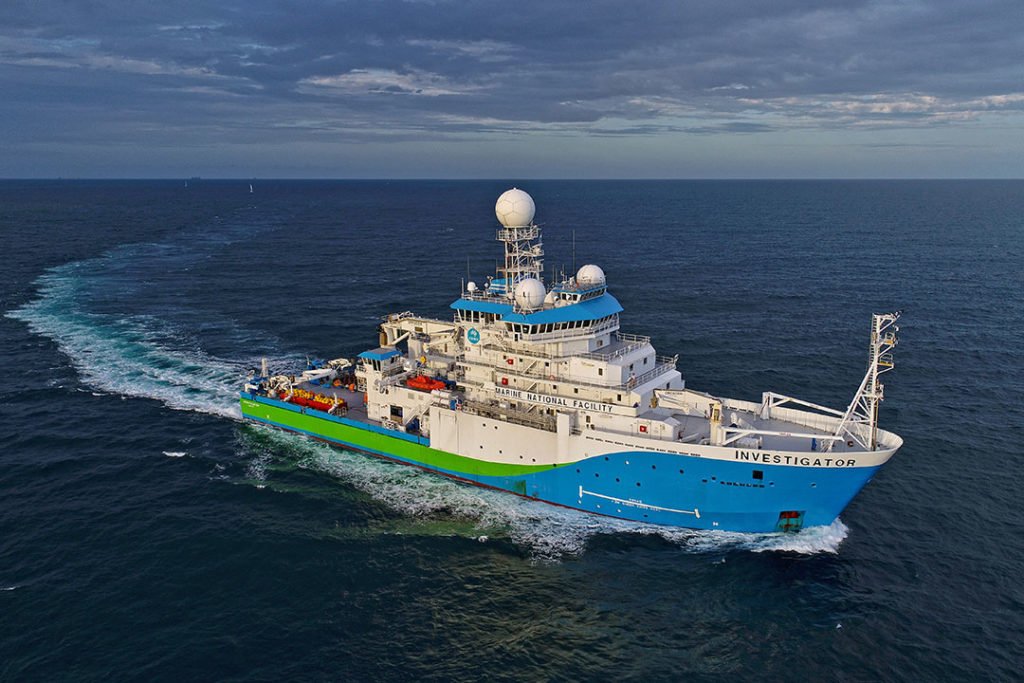
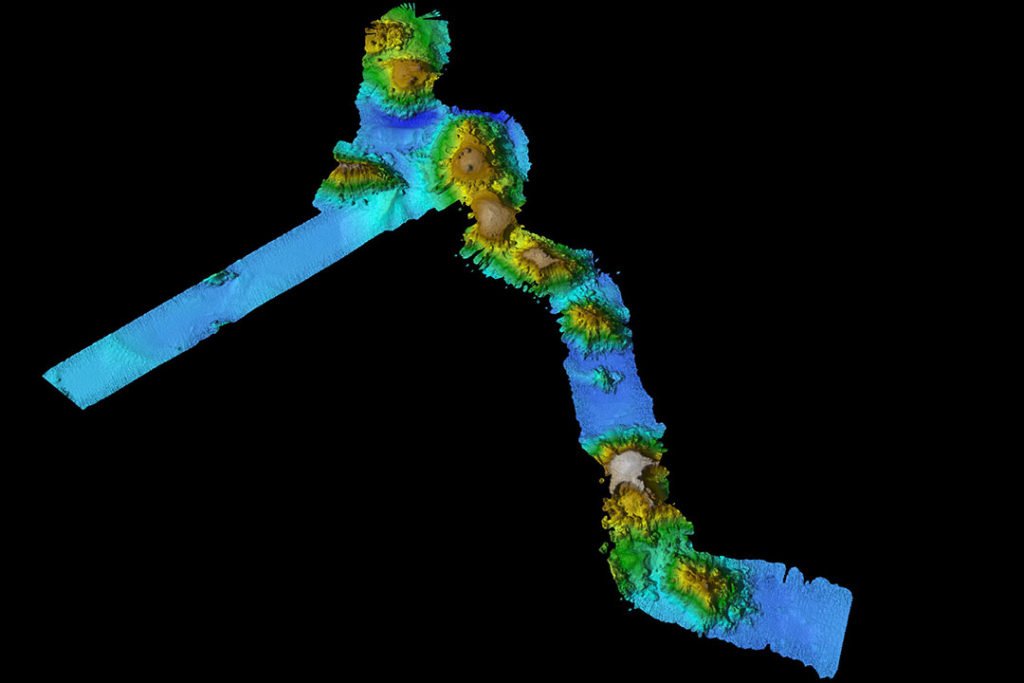
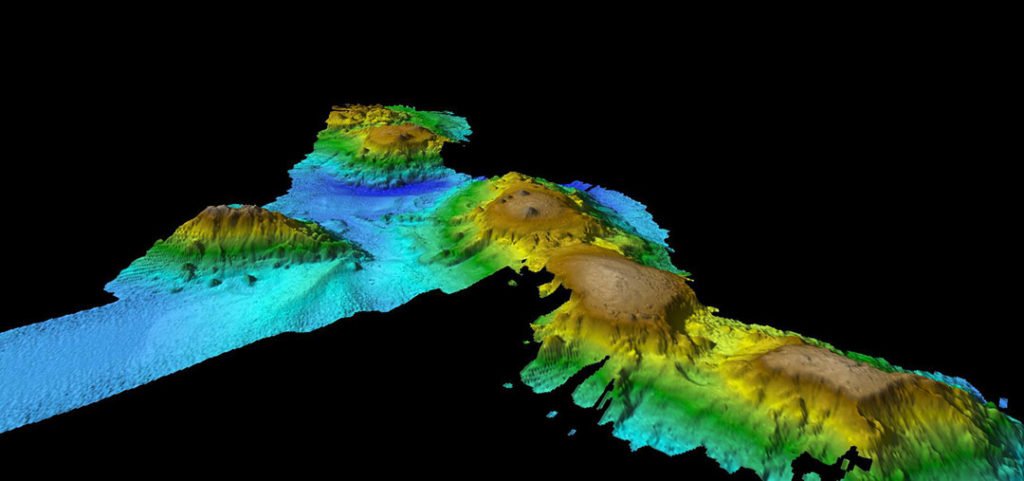
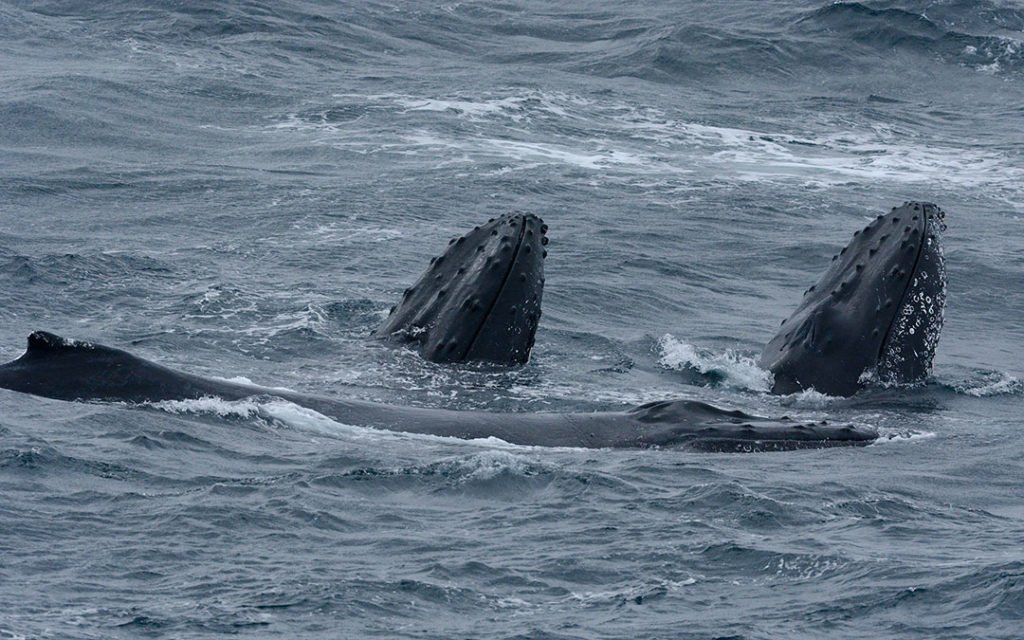
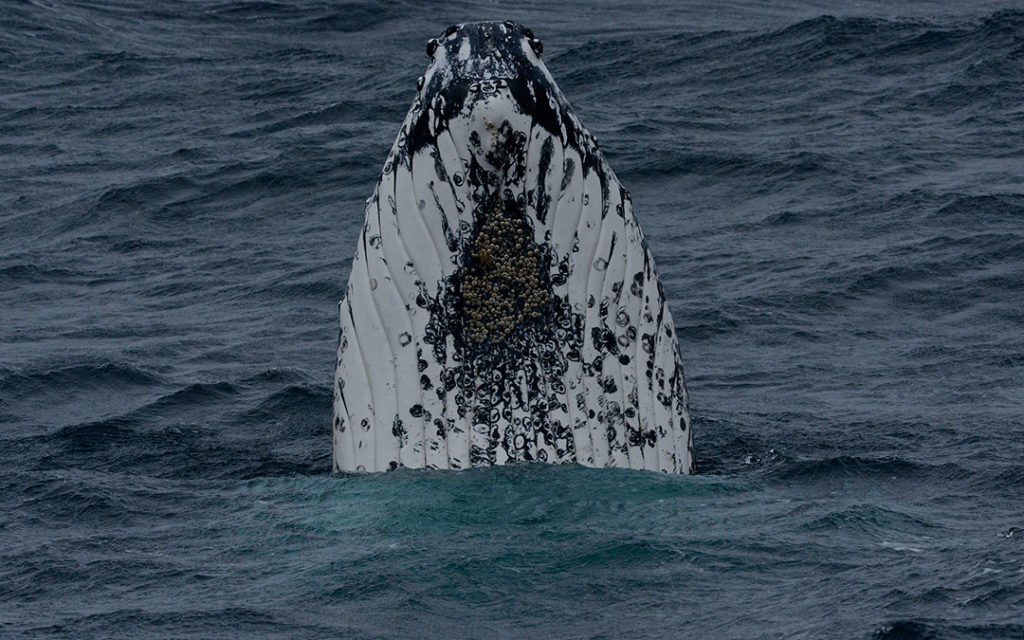
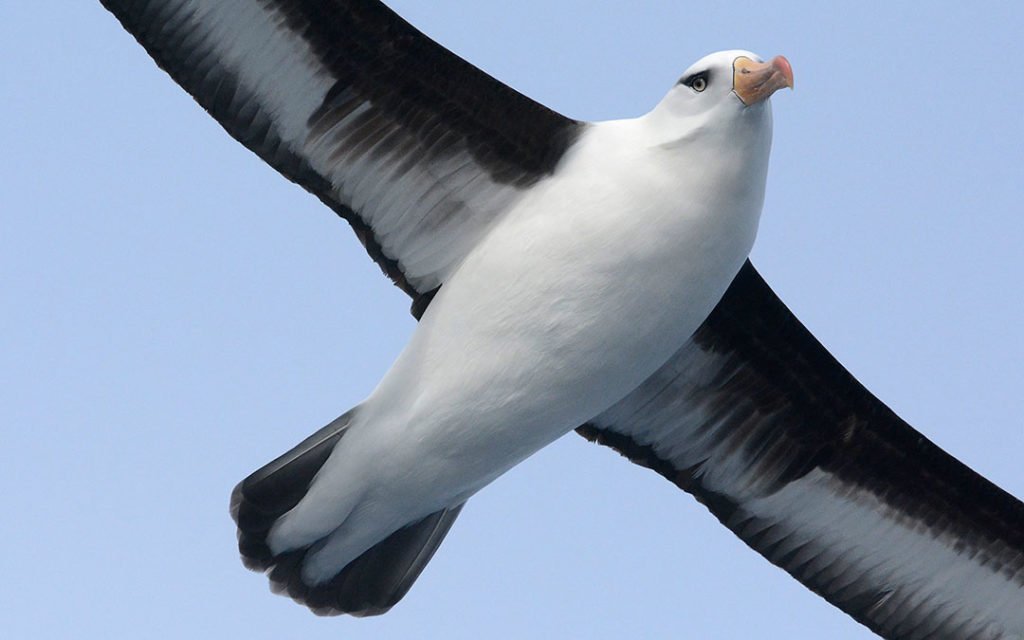
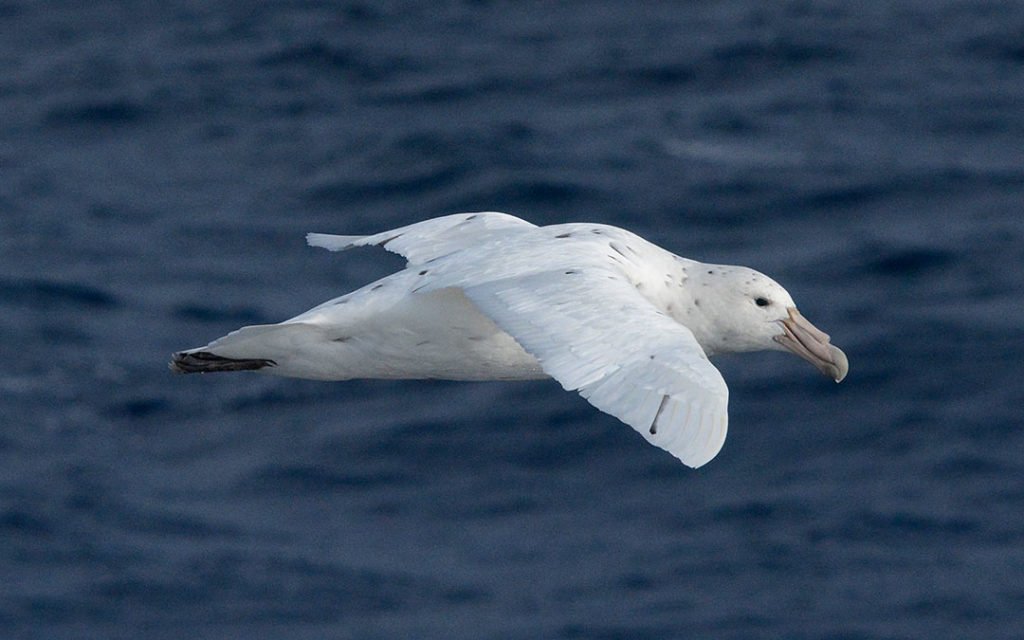
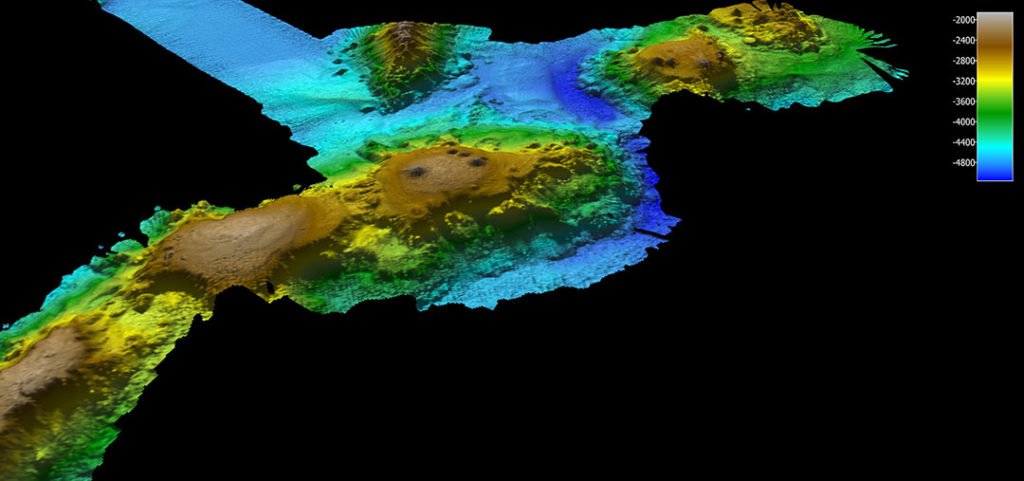
“We also saw large numbers of seabirds in the area including four species of albatross and four species of petrel. Clearly, these seamounts are a biological hotspot that supports life, both directly on them, as well as in the ocean above.”
“These seamounts may act as an important signpost on an underwater migratory highway for the humpback whales we saw moving from their winter breeding to summer feeding grounds.”
“Lucky for us and our research, we parked right on top of this highway of marine life!”
